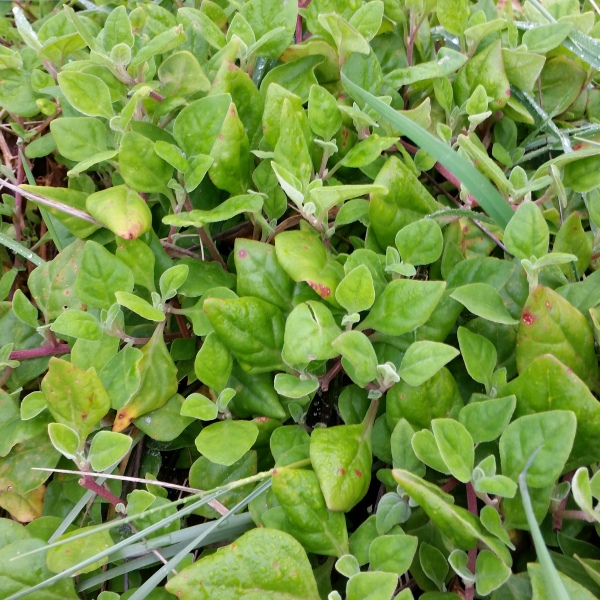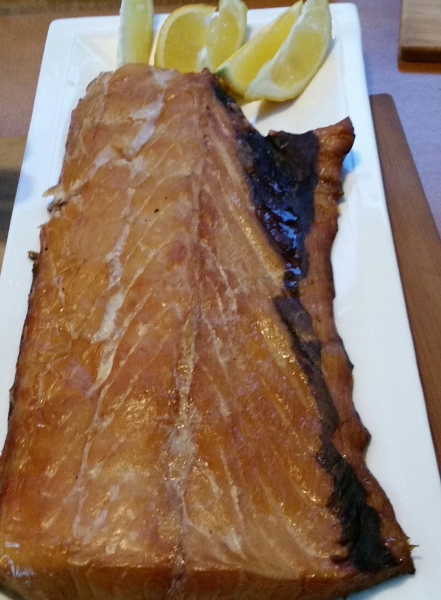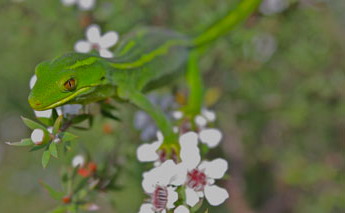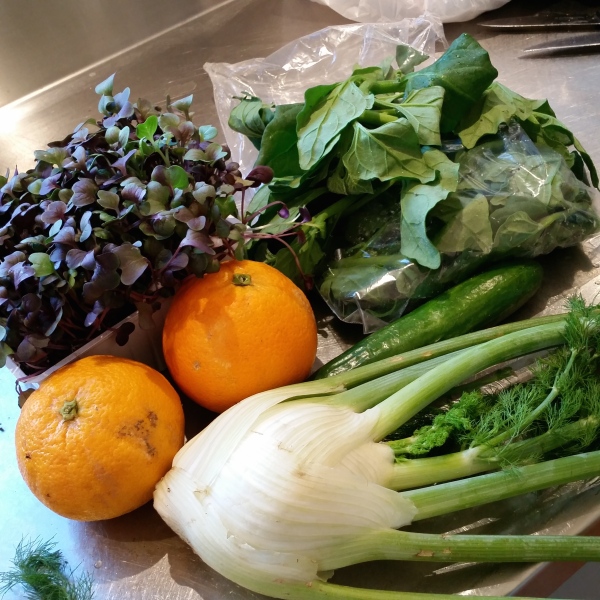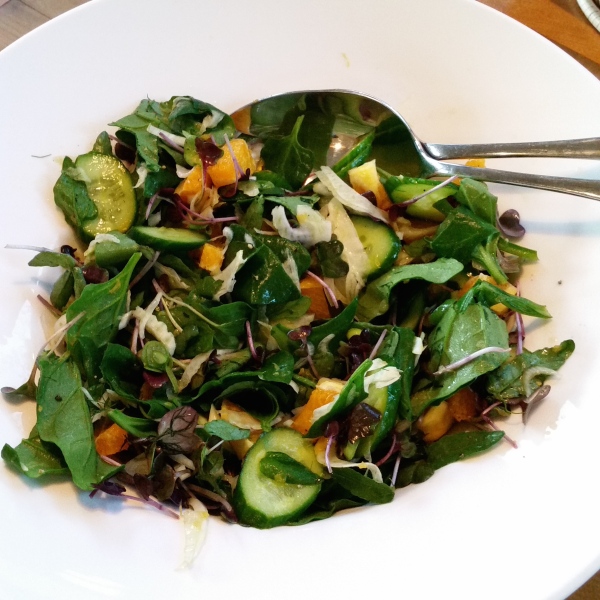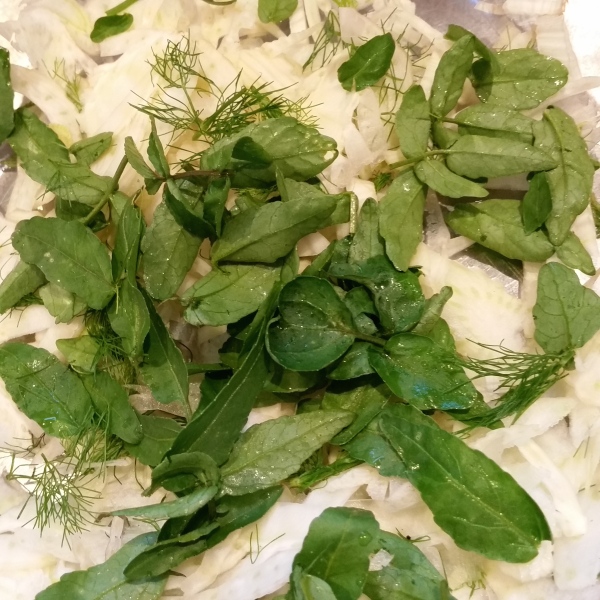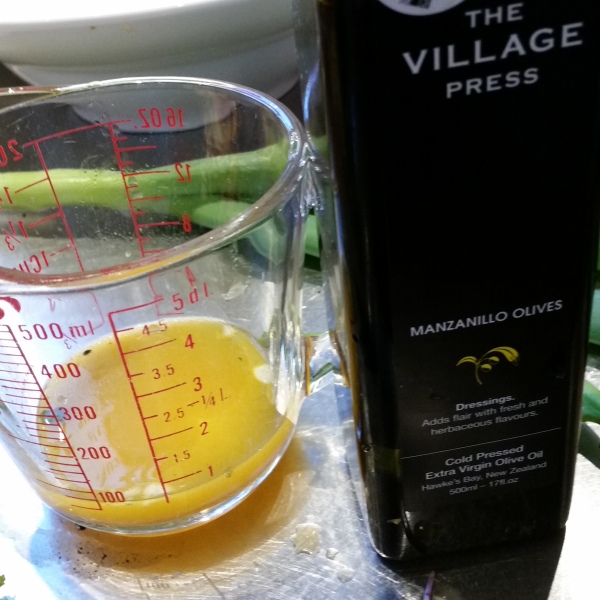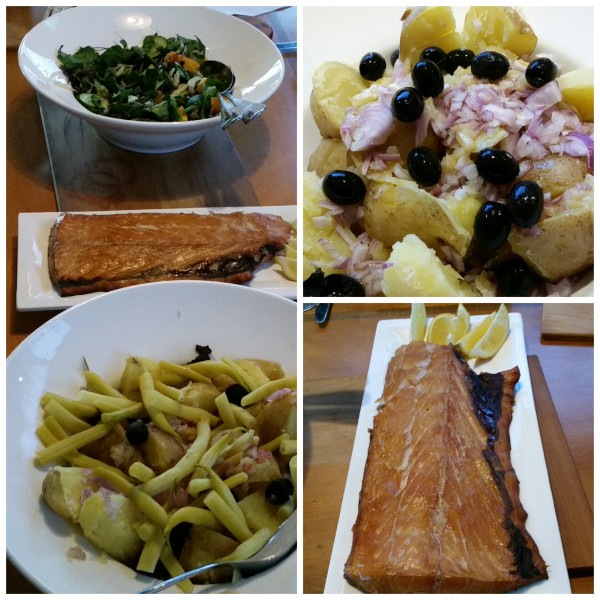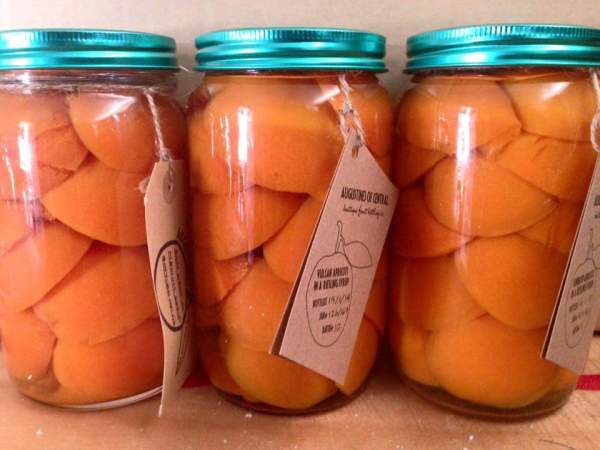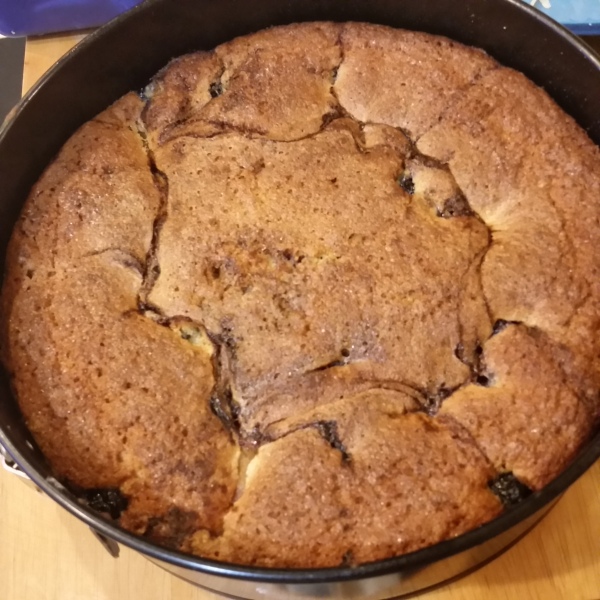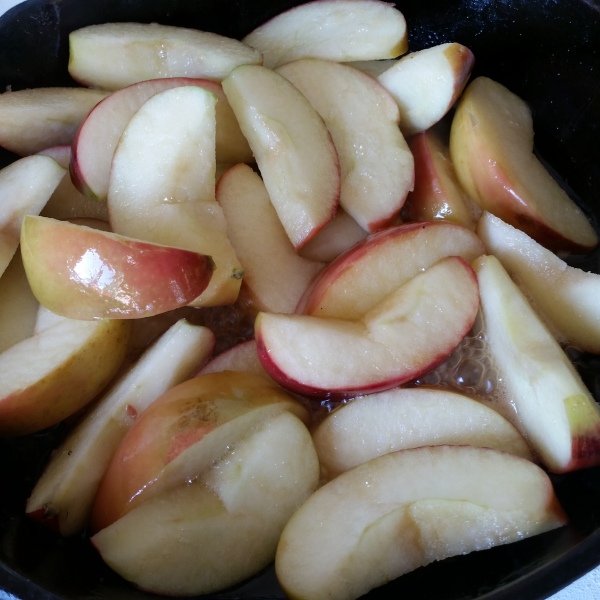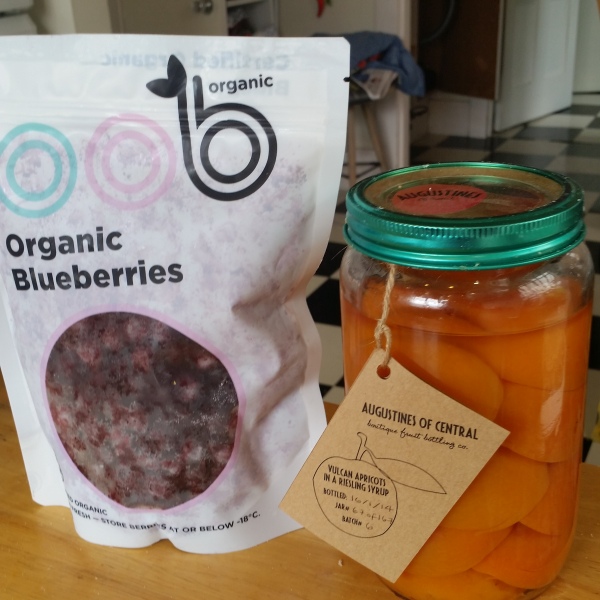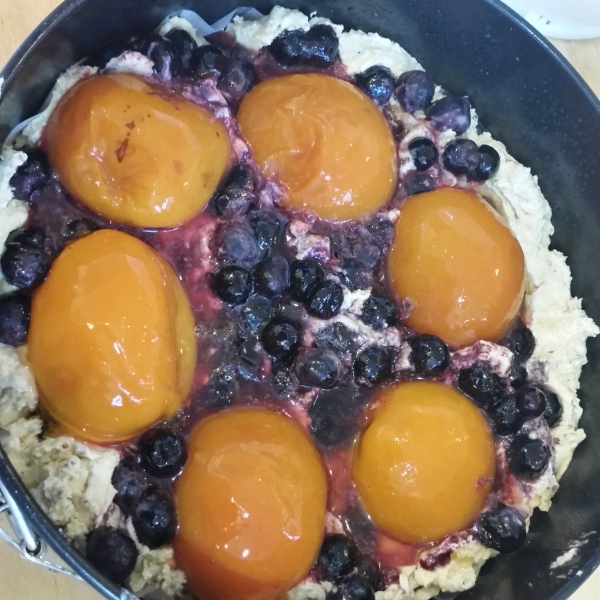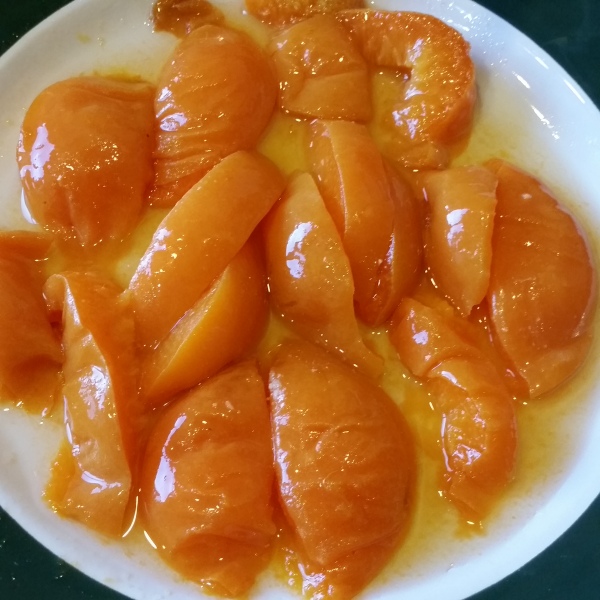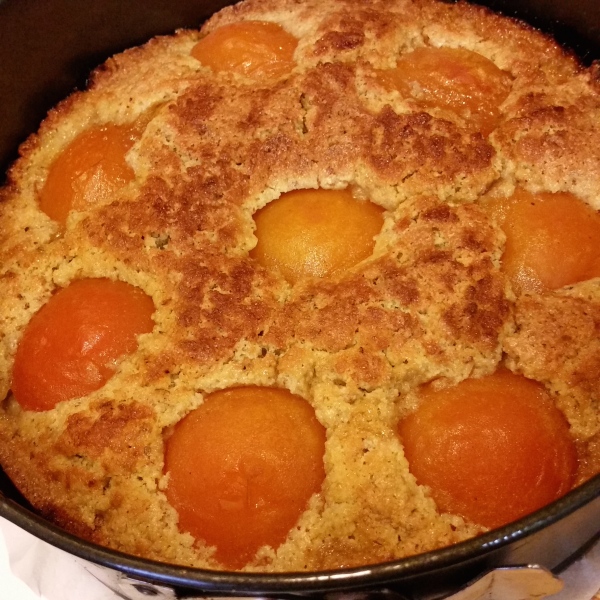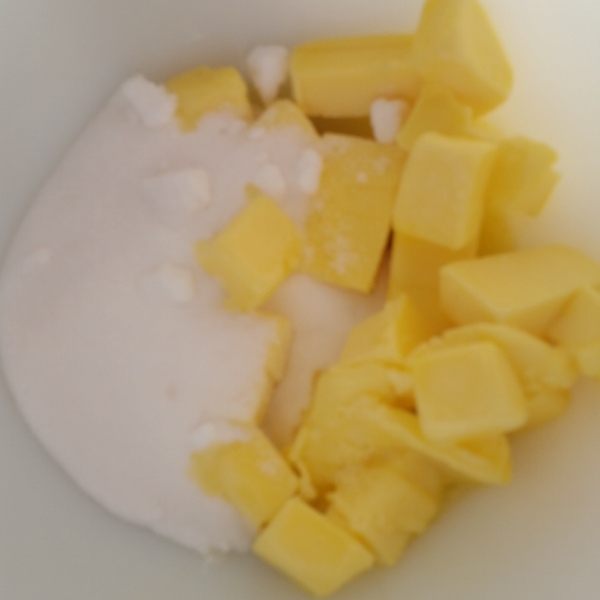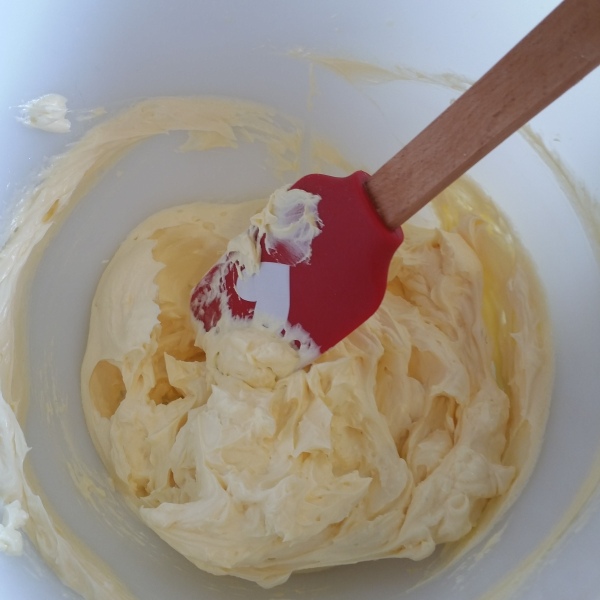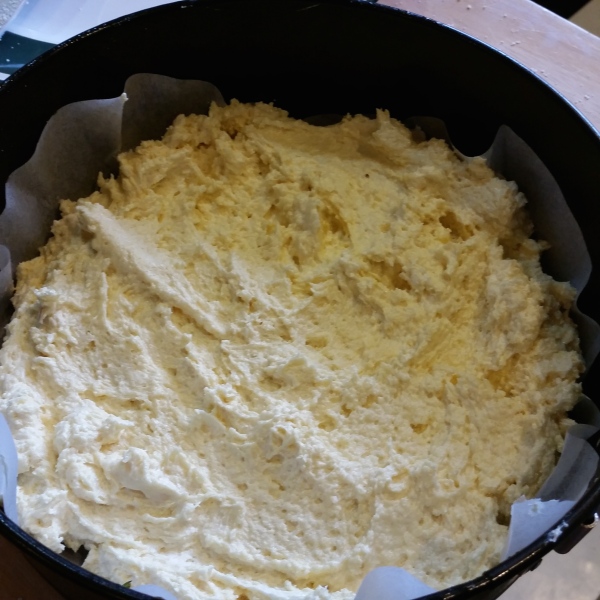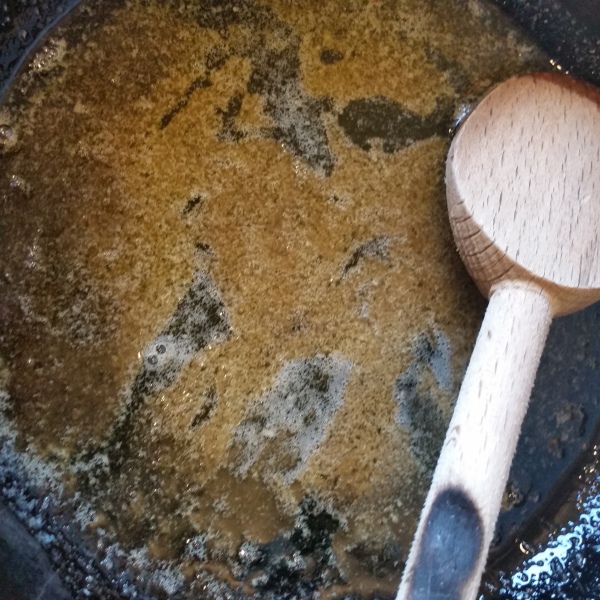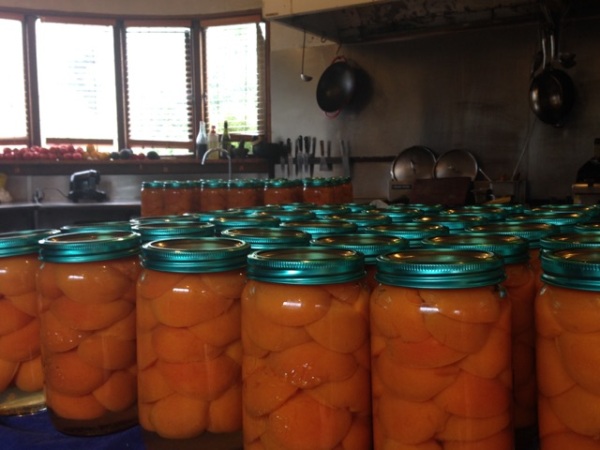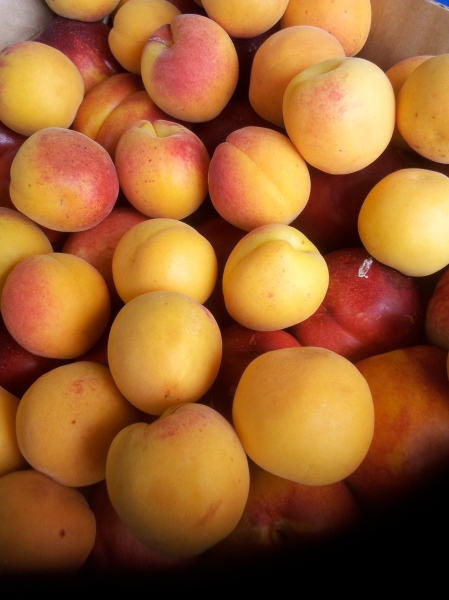Chocolate peanut biscuits from the Edmonds cookbook were the first biscuits I ever made. We used to call them “Peanut Brownies” but that was before the American Brownie was introduced – and the cake-like rich Brownie is a not at all like the crisp peanut biscuits I used to make.

My friend Sandra gave me a lovely gift of Valrhona – Poudre de cacao (cocoa powder) from France. I was eager to try it out, and chocolate peanut biscuits immediately came to mind, especially as they would be good to pop into Beau’s school lunchbox.

I improved the original biscuit by using this beautiful rich cocoa powder – they were delicious. But Beau reminded me that peanuts were not allowed at school because one of his classmates is allergic to nuts.
I needed to find an alternative and discovered another chocolate biscuit recipe that looked intriguing because it used Spanish paprika and a salty sprinkle on top. I know salted caramel works, so salted chocolate biscuits might too.
The chocolate biscuit base of my old favourite looked a better recipe so I decided to just change the extra flavourings, and of course use the rich cocoa powder.

Salted chocolate, raisin and pumpkin seed biscuits
(Preheat the oven to 180ºC and this mix makes two trays)
125 g of butter
1 cup of sugar
1 egg
1½ cups of flour
2 Tbsp of cocoa powder
1 tsp baking powder
½ tsp Spanish smoked paprika (original recipe suggested hot but I used what I had)
Pinch of salt
¾ cup of pumpkin seeds
½ cup of raisins (you could also use Craisins or currants)
½ cup of chocolate chips, chopped pieces, chocolate chunks – (use whatever you have in the pantry)
Flaked Sea Salt – I like to use Maldon sea salt because the flakes crush easily
I remember the thrill of using the Kenwood mixer when making those first biscuits and a cake mixer does speed up the process but everything can be made in a bowl with a wooden spoon and a little human energy.
Soften the butter and sugar and beat until its light and creamy, then beat in the egg.

Sift the flour, cocoa powder, baking powder, pinch of salt, and Spanish paprika and add to the mixer.

I usually add the pumpkin seeds, raisins and chocolate chunks by hand, but you can use a mixer.

Take a teaspoon full of mix and form into a ball with your hands and place on a tray covered with baking paper.

This mix makes two trays and approximately 32 biscuits. Now with a fork dip into a glass of water and gently flatten the balls. The water helps to prevent the fork from sticking to the mix.
Finally before putting into the oven, pinch flaked sea salt and crush a little over each flattened biscuit – just a little – too much salt and it will spoil the biscuit.
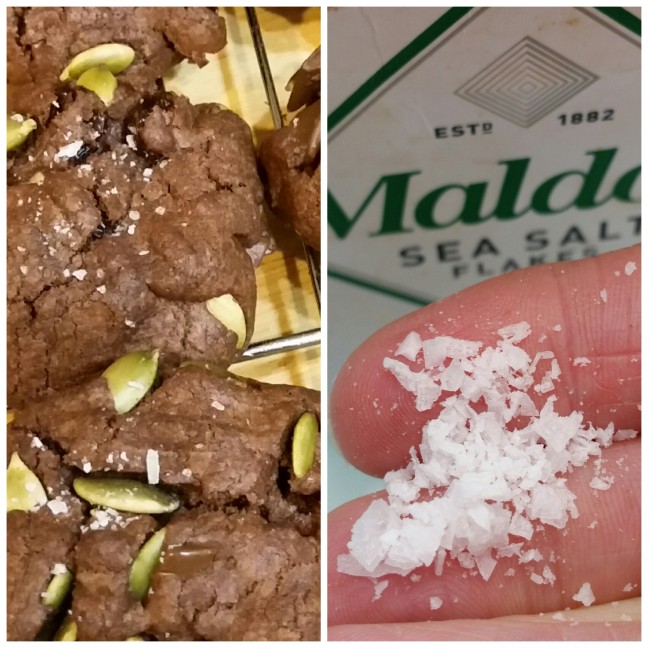
Place into the oven, first tray slightly above the half way line of the oven and the second tray as close to half way as possible and bake for 15 minutes or until cooked. The time will depend on your oven and if using a fan oven reduce the temperature down to 170ºC. In a non-fan oven half way through cooking swap the trays to get even cooking. I generally do one tray and pop it into the oven and then do the other so that the first batch can have room to cool on a rack while the others finish cooking. It’s important to use a cooling rack so that they have plenty of air circulation allowing them to cool quickly and stay crisp.
Alternatively use Spelt flour instead of plain white flour as it produces a better biscuit crunch outcome and some who cannot have wheat products can eat spelt flour products with no side affects. But it is an expensive choice and I keep my spelt flour for my favourite Wanaka Gingernut biscuits.

From my post Lunchbox Baking: Wanaka Gingernuts and #9 Fruit Loaf in September 2015
I couldn’t pick out the paprika flavour but I think it added to the richness. If you used a hot paprika there would be a little heat…perhaps not advisable for five year old lunch boxes.
Upcycle is a popular word of the moment and usually pertains to art, furniture and building projects where the old fashioned or unwanted materials of are re-used or reworked to gain new value.

I think it’s a word that can also be used in the world of cooking as there are many recipes either forgotten or thought not to be exciting enough that with a little rethinking can become an up to date delight.

Not that the classic peanut chocolate biscuit has passed its use by date, but, in these days of higher incidence of food allergies it sometimes pays to upcycle the classic so that everyone can enjoy them. If you want to make the old favourite just add peanuts and nothing else to the chocolate biscuit base.



